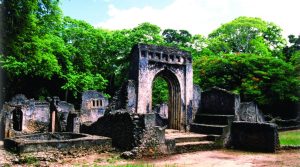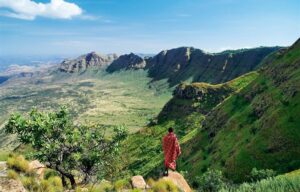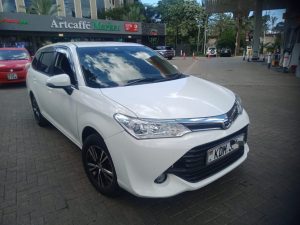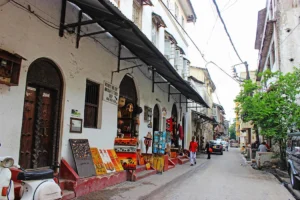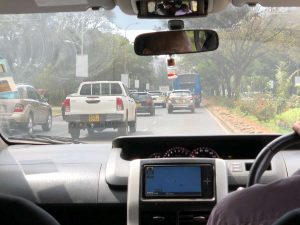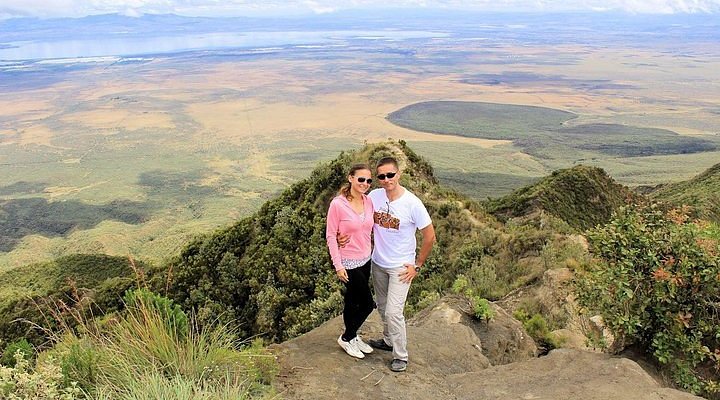
Hidden in the remote north of Kenya lies a landscape so ancient, vast, and surreal that it almost feels like another planet. The Lake Turkana National Parks, a trio of protected areas encompassing volcanic islands, fossil-rich deserts, and shimmering blue-green waters, form one of Africa’s most remarkable natural and archaeological treasures.
Recognized as a UNESCO World Heritage Site, these parks are a haven for both biodiversity and prehistoric discovery, offering a unique window into Earth’s past—and a deeply rewarding experience for adventurous travelers.
🔹 What Are the Lake Turkana National Parks?
The Lake Turkana National Parks are made up of three distinct areas:
- Sibiloi National Park
- Central Island National Park
- South Island National Park
Together, they span a significant portion of Lake Turkana—Africa’s largest desert lake and the world’s most saline lake with a permanent desert shoreline. Often referred to as the “Jade Sea” due to its vivid turquoise color, Lake Turkana and its surroundings are geologically and historically rich.
🌋 1. Sibiloi National Park – Cradle of Humankind
- Location: Northeastern shore of Lake Turkana
- Famous for: Fossils, prehistoric sites, desert wildlife
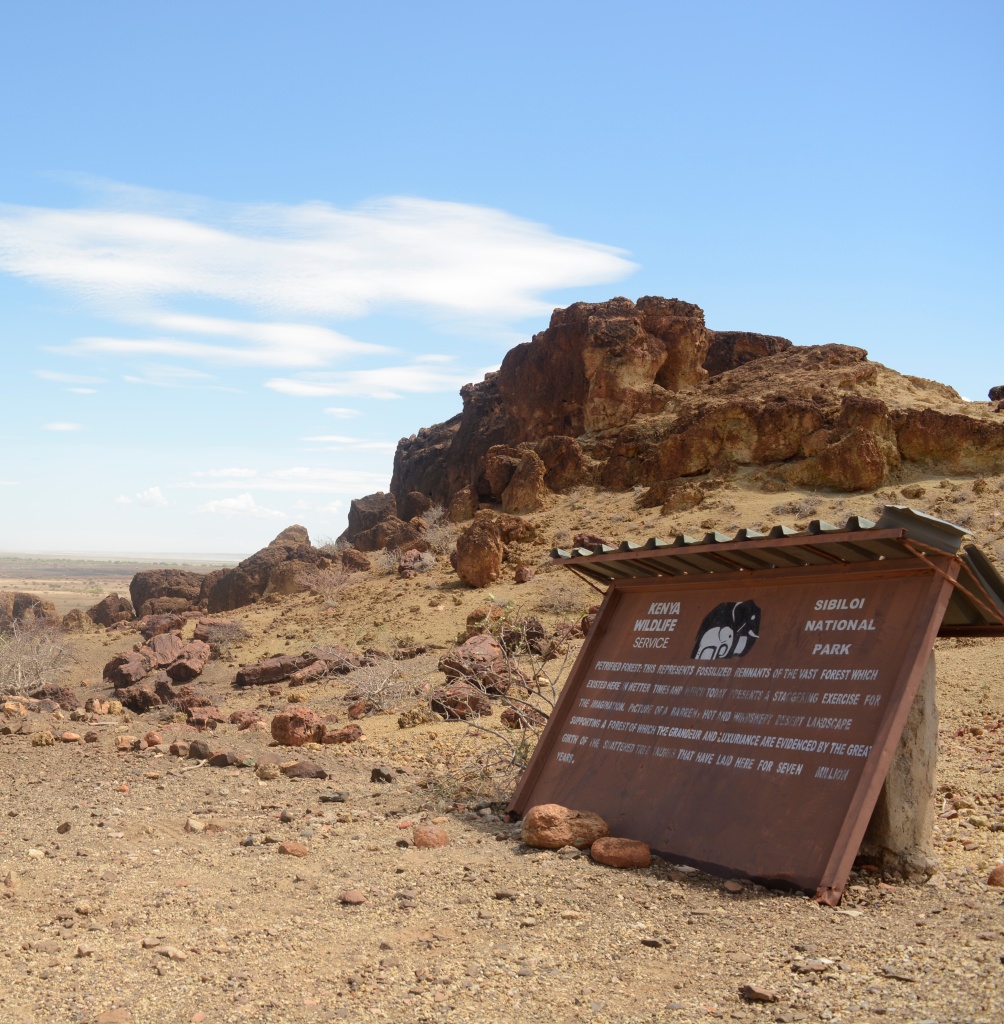
Sibiloi is often called the Cradle of Humankind due to the fossil discoveries made here. The Koobi Fora region within the park has yielded some of the most important finds in human evolution—including early hominid skulls over 1.5 million years old.
Beyond archaeology, the park features volcanic landscapes, petrified forests, and hardy desert wildlife like Grevy’s zebras, crocodiles, and gazelles.
✅ Don’t miss: A visit to the Koobi Fora Museum and a guided tour of fossil sites.
🌋 2. Central Island National Park – Island of Volcanoes
- Location: In the middle of Lake Turkana
- Famous for: Active volcanic craters, crocodile breeding grounds
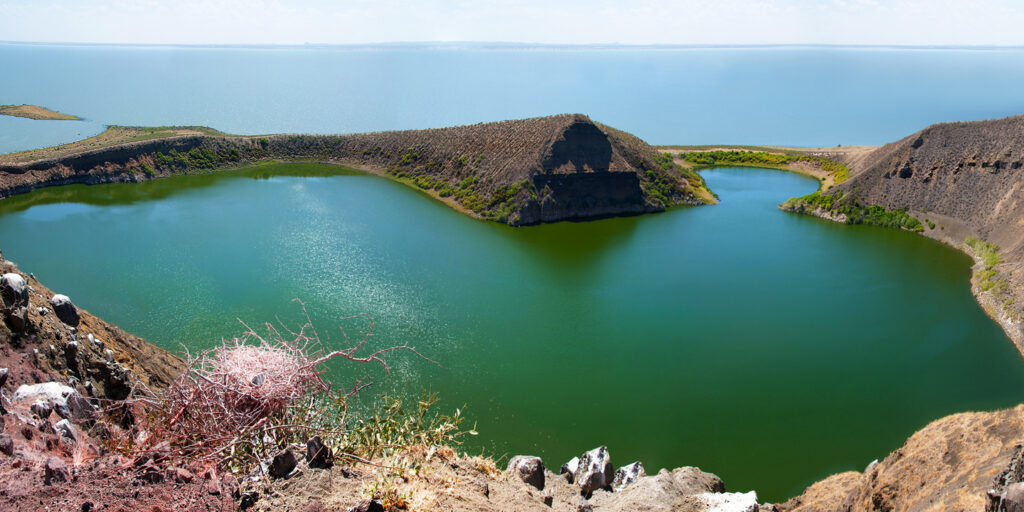
This small volcanic island is a dramatic sight: three active craters filled with crater lakes, surrounded by lava flows and black volcanic sand beaches. The island is home to thousands of Nile crocodiles, making it the largest crocodile nursery in East Africa.
Birdlife is also rich, with flamingos, herons, and pelicans. Central Island is accessible by boat and is ideal for hiking, photography, and birdwatching.
✅ Don’t miss: A sunrise hike up to one of the crater rims—an unforgettable view.
🌋 3. South Island National Park – A Birder’s Paradise
- Location: Southern tip of Lake Turkana
- Famous for: Birdlife, crocodiles, stunning lake views
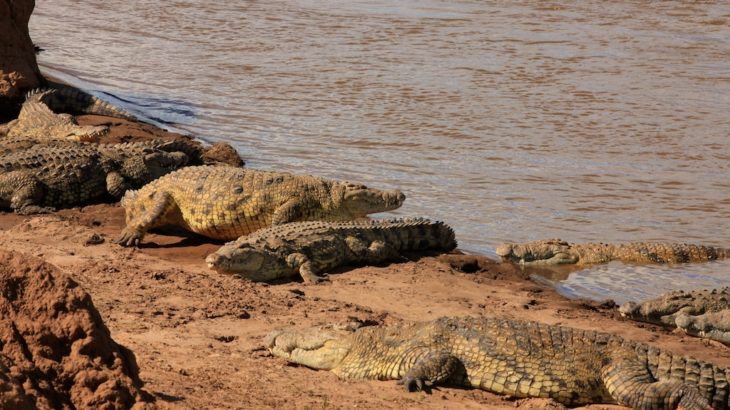
Less visited than Central Island, South Island is nonetheless a striking location teeming with life. Thousands of birds migrate here annually, including African skimmers, Goliath herons, and sacred ibis. The waters around the island are also frequented by tilapia, catfish, and crocodiles.
With its desolate beauty and silence, it offers a true escape into the wild.
✅ Don’t miss: A boat trip around the island during the migratory bird season.
🦴 Why the Lake Turkana National Parks Matter
- Fossil Discoveries
- Lake Turkana’s basin is one of the world’s richest prehistoric fossil beds, offering crucial insights into early human evolution.
- Unique Ecosystems
- The parks are a blend of arid desert, volcanic terrain, lake ecosystems, and savannah—hosting a wide range of adapted species.
- UNESCO World Heritage Status
- Designated in 1997 (expanded in 2001), the site meets criteria for both natural and cultural heritage, a rare combination.
- Cultural Significance
- The area is home to pastoralist communities like the Turkana, Dassanach, and Rendille, who live in harmony with this harsh environment.
🧭 Getting There and Visiting Tips
- Access: The parks are remote. Fly from Nairobi to Lodwar or Kalokol, or take a rugged overland trip from Isiolo or Marsabit (4WD required).
- Best time to visit: June to September (dry season, manageable heat)
- Permits and fees: Managed by the Kenya Wildlife Service (KWS)—entry fees vary by park.
- Accommodation: Lodges in Lodwar or campsites near Sibiloi; basic facilities available.
✅ Travel Tips for Lake Turkana Explorers
- Bring plenty of water, sun protection, and fuel—services are extremely limited.
- A local guide is highly recommended for safety and context.
- Respect local cultures and ask before taking photos.
- Satellite phone or GPS navigation is useful in case of emergencies.
Final Thought
The Lake Turkana National Parks are not for the casual tourist—but they are a dream come true for those who seek raw, untamed Africa, rich with history, nature, and mystery. Whether you’re a paleontology enthusiast, a birder, or an off-the-grid adventurer, this UNESCO site offers something profound: a journey to the origins of Earth and humanity itself.
If you’re planning a Kenya tour that ventures beyond the ordinary, make sure this surreal, beautiful, and forgotten region is on your map. You can contact us now by sending an email to info@rentadriverkenya.com or call us now on +256-700135510 to speak with the reservations team.
